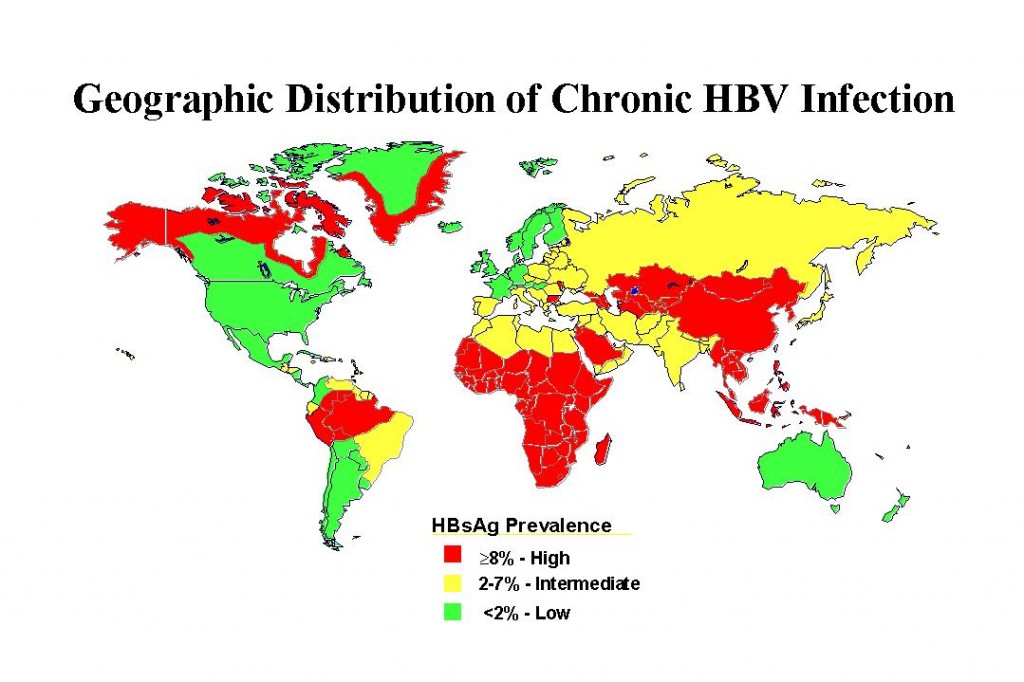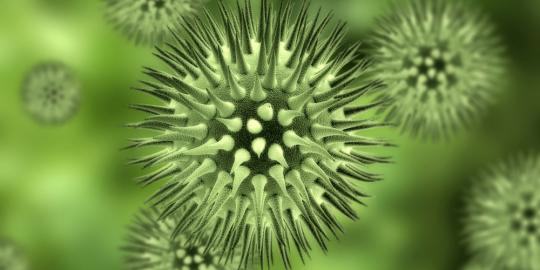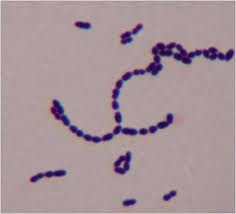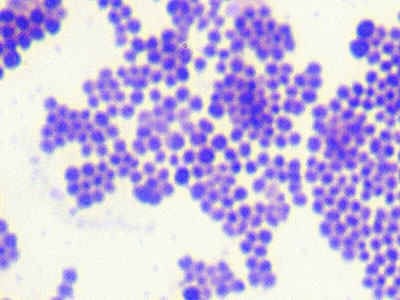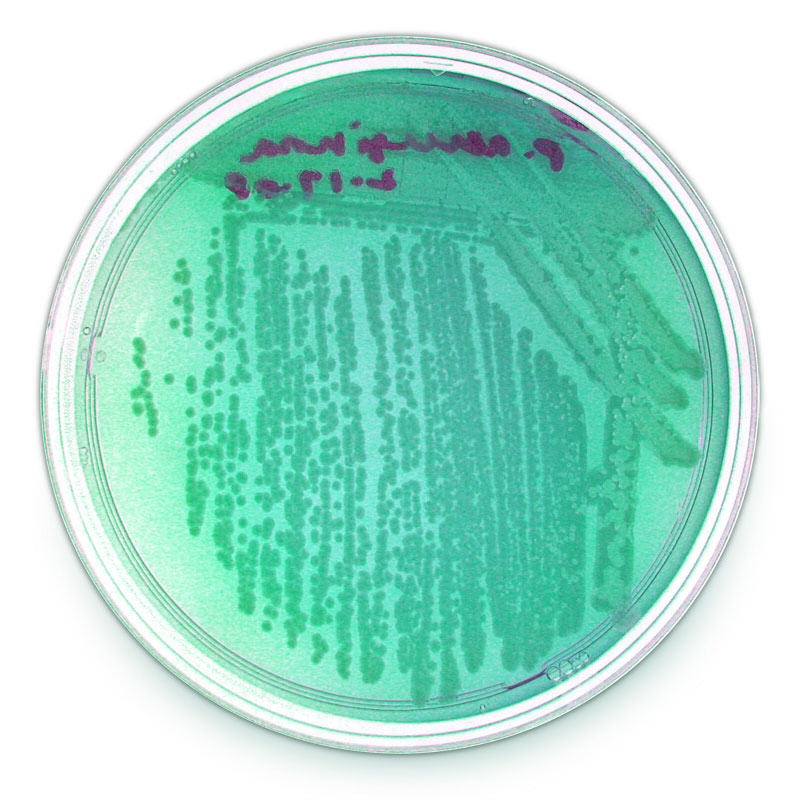Blood-Borne Pathogens
Blood-Borne Pathogens While there are multiple pathogenic organisms, including bacteria, viruses, fungi, and other more exotic organisms such as prions, that could potentially be transmitted from an infected person to uninfected people through blood contact, the term Blood-Borne Pathogens is most commonly used to refer to the “Big 3,” by which is meant Hepatitis B …
